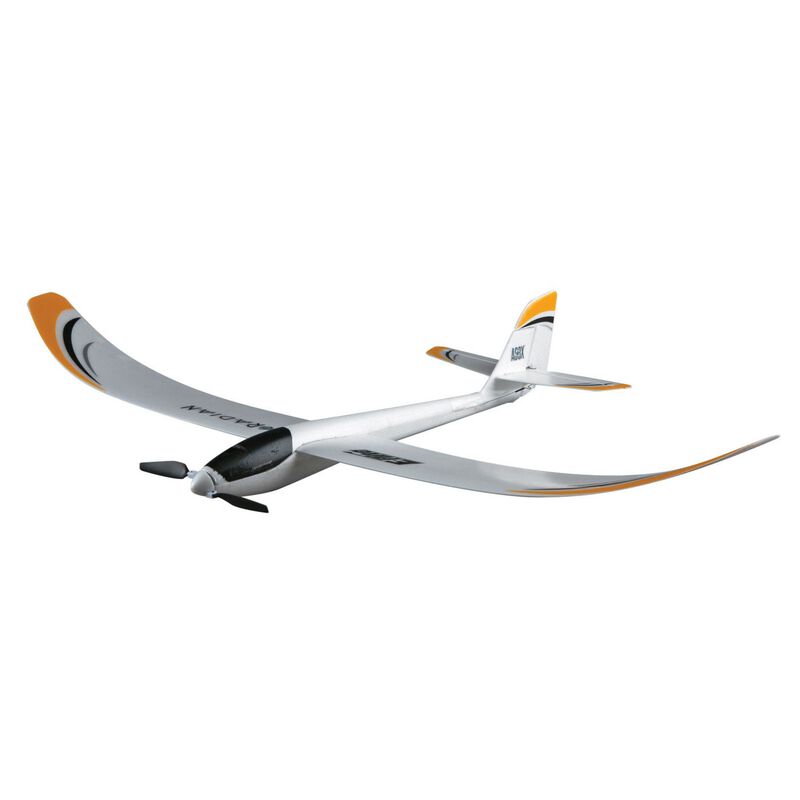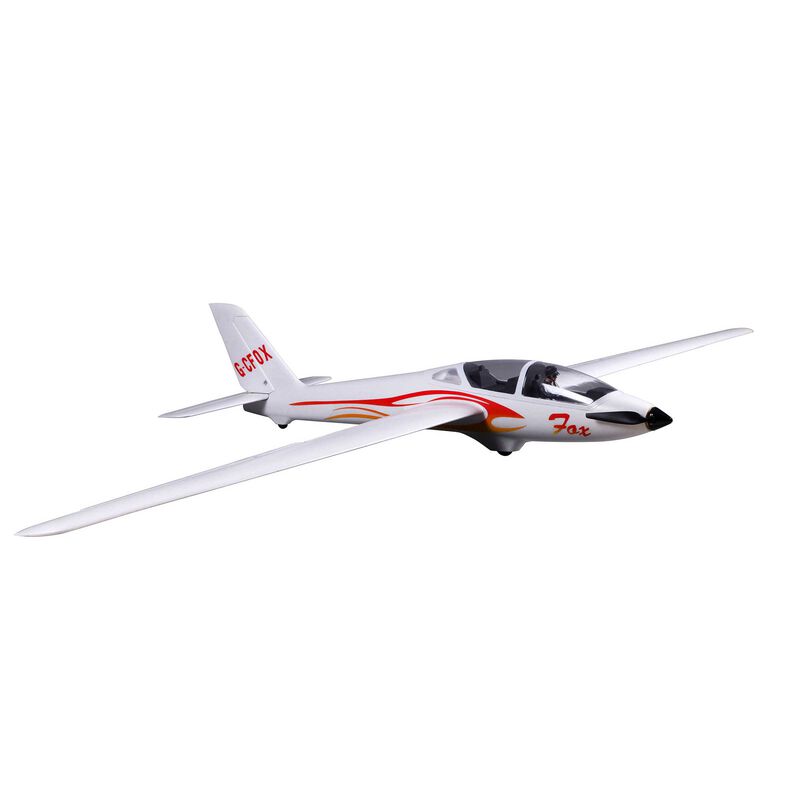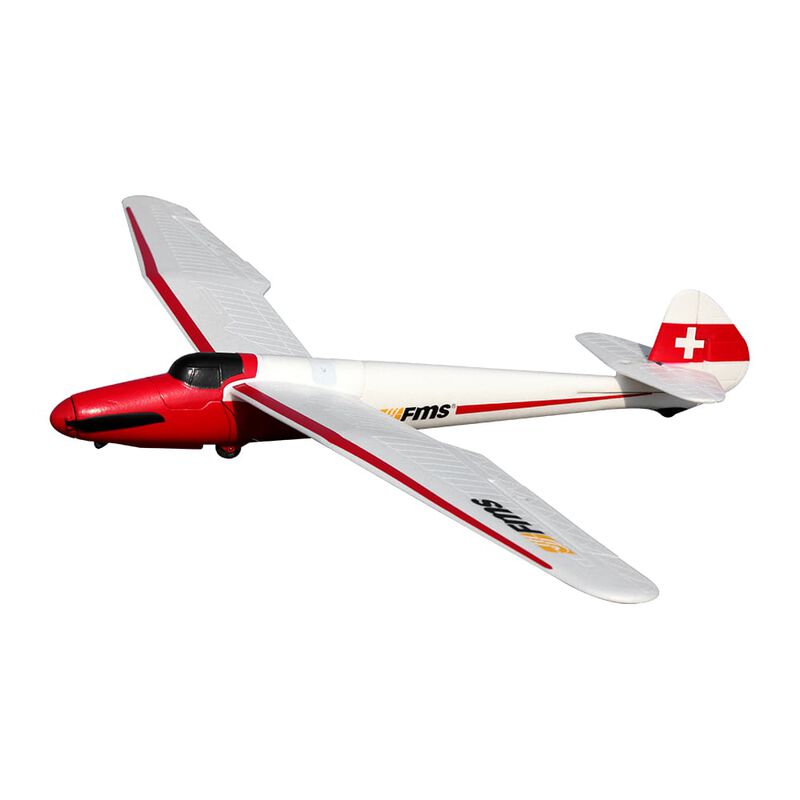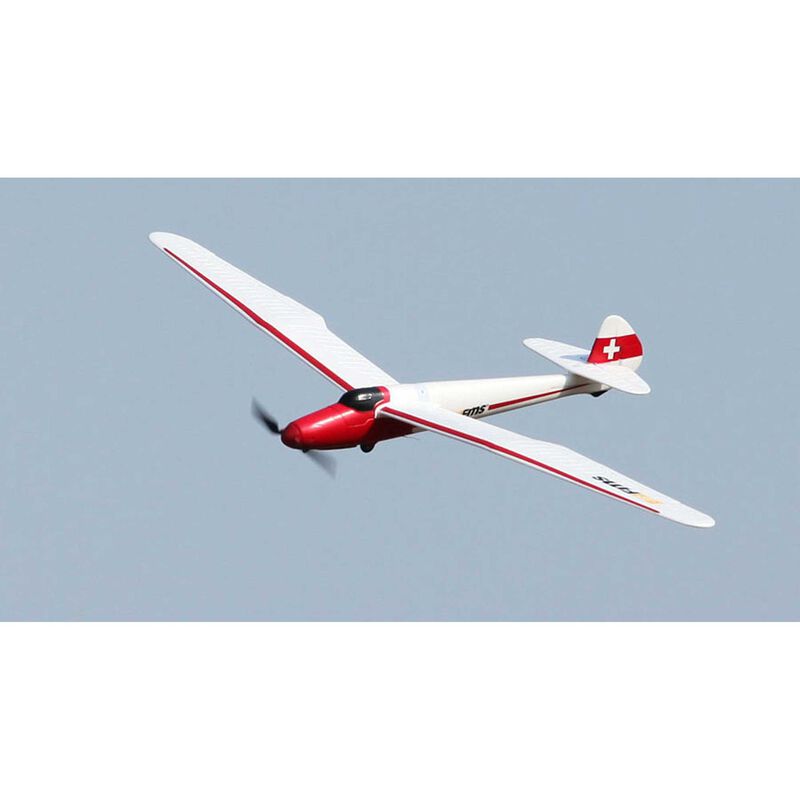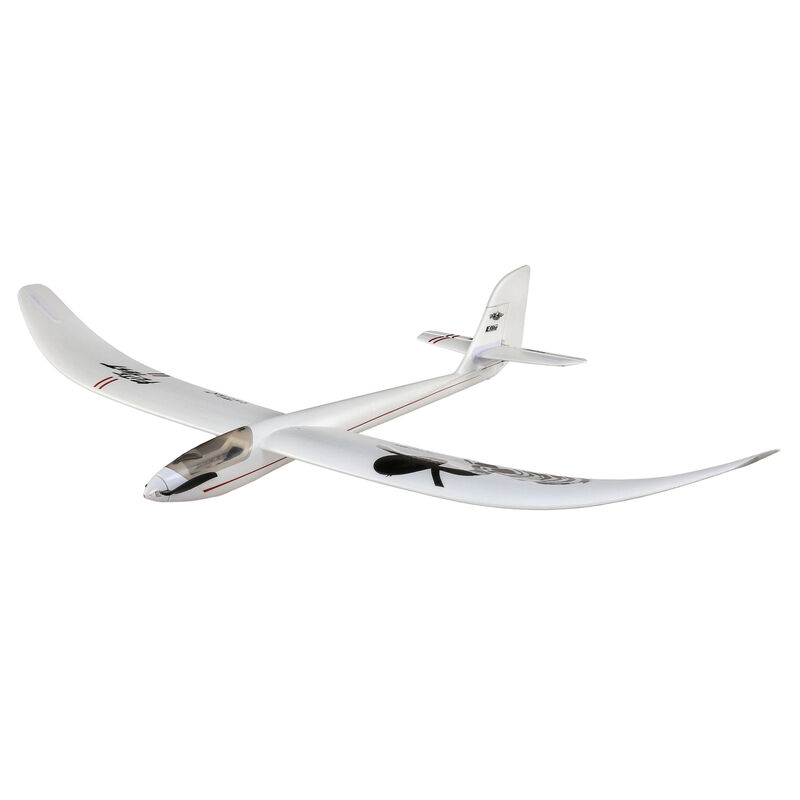Posted: 8/19/19
You CAN SOAR!
Sailplanes can be excellent trainers. Often less complex and expensive than powered models, their stability and slow flight are perfect for beginners. R/C sailplanes can feature several different tail configurations. The conventional tail is recommended for new hobbyists. Most fall into one of two types:
Thermal Sailplanes
Thermal Sailplanes ride on the continuous currents of warm air that rise from the land. They seem to float across the sky. Pilots must be able to detect invisible thermal currents and take advantage of them (rising warm air is often found over such terrain as freshly plowed fields and paved parking areas). With experience, pilots can keep their craft in the air for 15 minutes or even longer.
Slope Soarers
Slope Soarers get their lift from wind that rises when it meets a hill or upward slope. The lift lasts as long as the wind blows. Because they fly in stronger wind conditions, slope soarers are faster than thermal sailplanes, and the extra speed gives them excellent aerobatic capabilities.
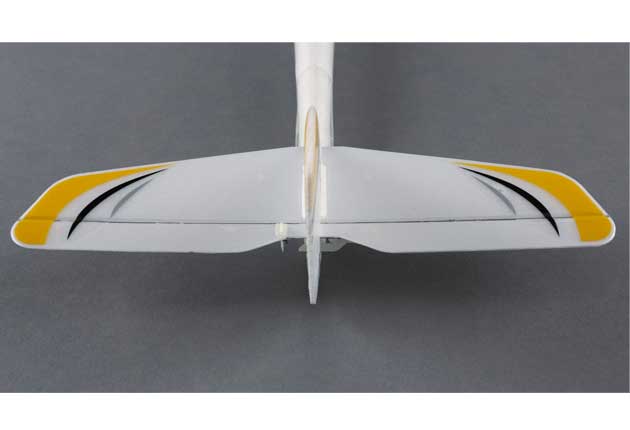

Conventional Tail
Characterized by a standard rudder and a stabilizer mounted on the fuselage. Found on the majority of R/C sailplane kits, it's easy to build and works well.
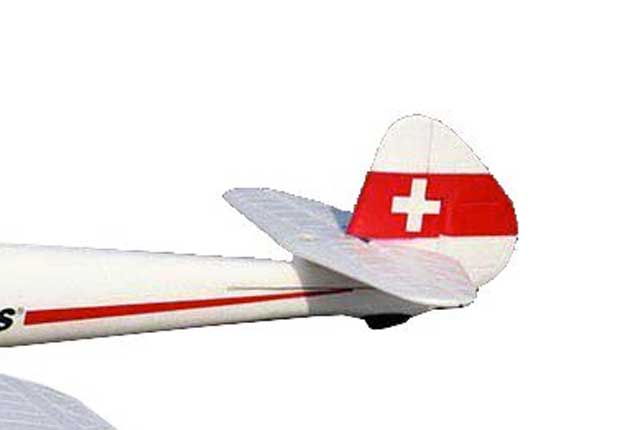

Mid-Tail
Characterized by a standard rudder and a stabilizer mounted on the fuselage. Found on the majority of R/C sailplane kits, it's easy to build and works well.Compromise between the conventional and T-tail, the mid-tail has many of the T-tail's benefits and is also easier to build.
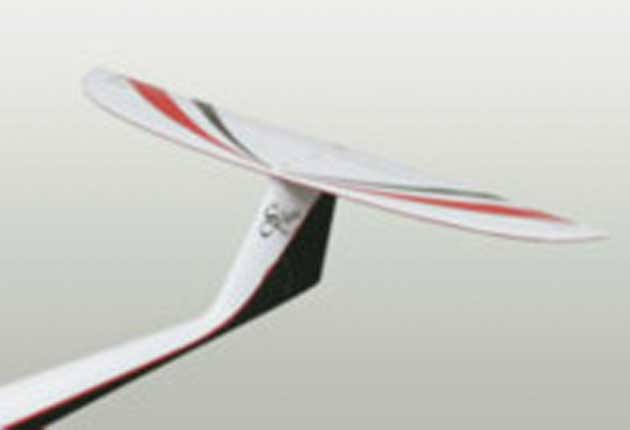

T-Tail
Characterized by a standard rudder and a stabilizer mounted on the fuselage. Found on the majority of R/C sailplane kits, it's easy to build and works well.Stabilizer is mounted at the top of the rudder, where it is less affected by the wake created when air flows over the model's wing. This design can be difficult to build.
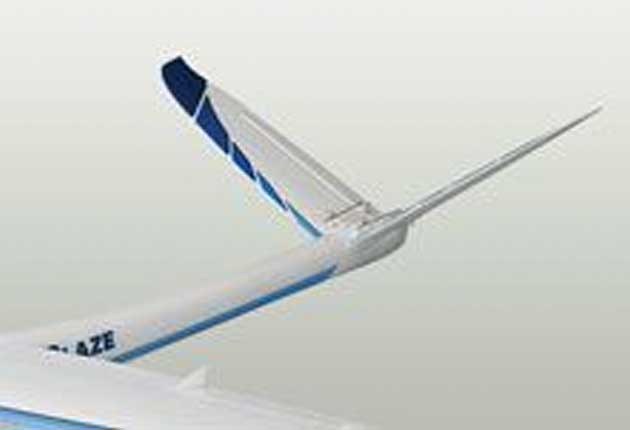

V-Tail
Stabilizer is bent into an upward V shape, and there is no rudder. A radio with mixing capabilities is usually require
